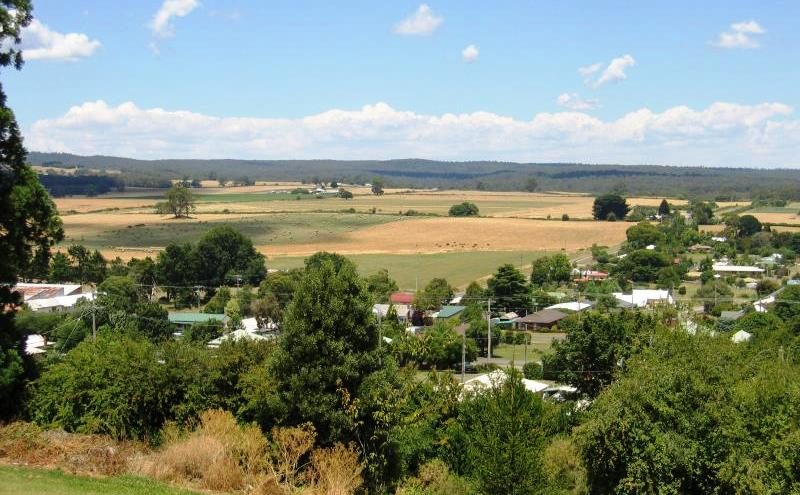Council unanimously adopted the Township Structure Plans for Clunes, Creswick, Daylesford and Hepburn Springs, Glenlyon, and Trentham and Rural Hepburn Strategy at a Special Council Meeting this week.
The Township Structure Plans and Rural Hepburn Strategy were developed after extensive consultation with community panels, community and stakeholder groups throughout 2023, along with specialist technical advice from consultants and Council officers with expertise in planning, ecology, infrastructure, transport, recreation, and economic development.
Mayor, Cr Brian Hood, said that this was a critical body of work for the Shire’s future, and a key goal of our Council Plan.
“The adoption of the Township Structure Plans and Rural Hepburn Strategy is the culmination of over two years work by our strategic planning team and others in the organisation and community, and is a once in a generation project.”
“We couldn’t have achieved this without the feedback, knowledge and expertise of our community. We listened and we acted on submissions thereby making community-informed changes to all the draft township plans and the Rural Hepburn Strategy. We believe our genuine engagement will put the next Councillor group in a strong position for the next phase of the project,” said Cr Hood.
The final engagement period for the draft township structure plans and rural strategy ran between Wednesday 1 May to Wednesday 26 June 2024. Engagement included 32,441 page views of the Future Hepburn project page on Participate Hepburn. 12,971 letters and 8,016 text messages were sent to the community to encourage submissions. Seven Community Information Sessions attracted 623 participants attending. A Future Hepburn webinar attracted 80 participants and 366 views. A total of 577 submissions from community members and other stakeholders were received.
“We thank community members and groups who provided feedback on these important strategic documents online or in-person. It played a vital role in arriving at the final documents.”
“Council is required to follow Victorian State Government planning policy which mandates that all municipalities have sufficient land available to cater for projected population growth and this was a significant driver for adopting these plans and strategy. Strategic land use planning has been a major focus in this Council term, embodied in the Council Plan 2021-25,” said Cr Hood.
“The adoption today does not mean any immediate changes to planning provisions. Changes will take some time and involve future planning scheme amendments, along with more formal community and stakeholder consultation. There will also need to be future Council decisions at key stages, independent expert scrutiny of Council’s strategic work, and a decision from the Minister for Planning on whether to adopt or reject Council’s proposed planning scheme amendments,” said Cr Hood.
Council will now prioritise the administrative updating of the adopted documents incorporating changes, development of an implementation plan and advocacy to other tiers of government to assist with funding to proceed implementation of the plans.
Key elements of recommendations:
- Overarching settlement strategy – By planning the entire Shire as a whole, rather than in a piecemeal staged manner, we can better understand where growth should and should not go.
- Improved protection of prime agricultural land – Our precious agricultural land varies across the Shire, and a more tailored approach will be achieved that better protects the vast majority of our land but also identifies that there are emerging and innovative new forms of agriculture that should be supported and encouraged.
- Updated policies and controls will add clarity, consistency and certainty to all parties involved in Hepburn Shire’s planning processes. These include neighbours, landowners, public authorities, and Council decision makers. VCAT decisions will also be better guided by our more specific, updated planning provisions that capture the diversity and uniqueness of our Shire.
- Implement contemporary planning controls that will better protect township character, cultural heritage, and our environment.
- Community led visions for each town, which set out a future plan for housing, urban design, business, transport, environment and heritage, and community facilities
- Our structure plans and rural strategy can inform advocacy on future community facility and infrastructure grant funding, or advocacy on State led projects and infrastructure, for example lower speed limits or physical changes to main roads in our identified future pedestrian precincts.
This article is based on a media release from Hepburn Shire Council.











